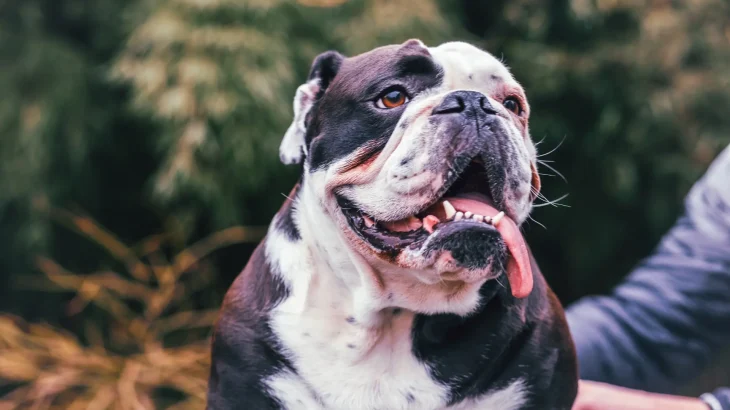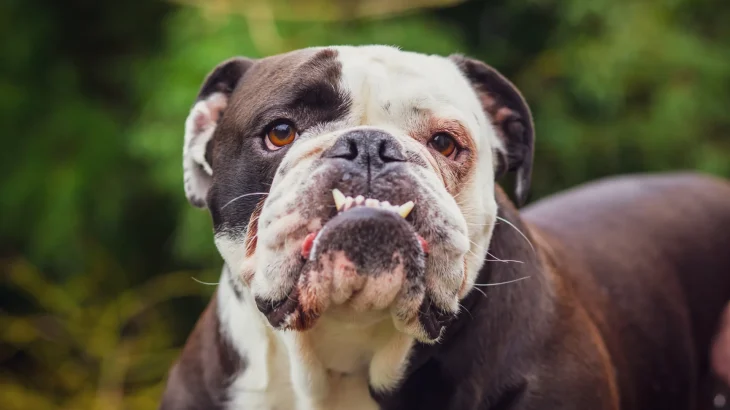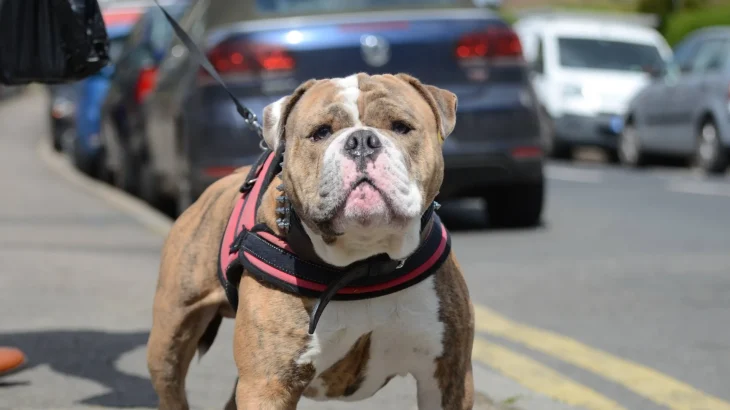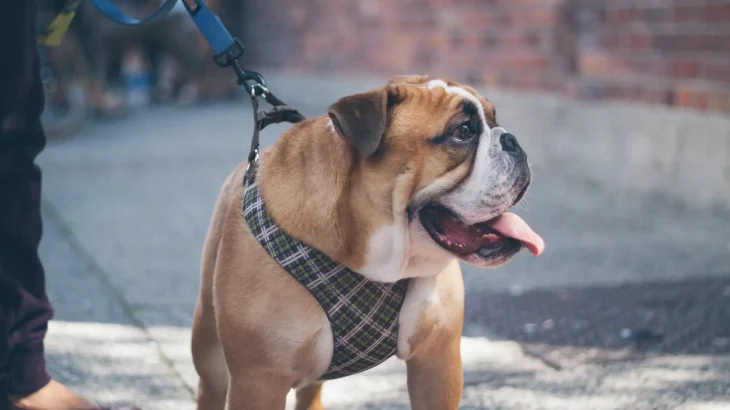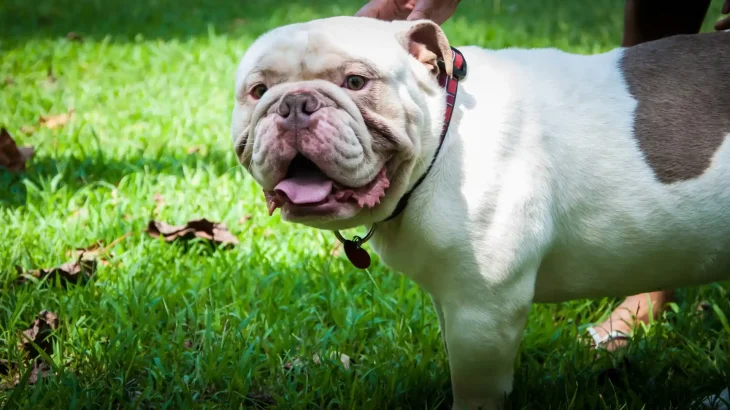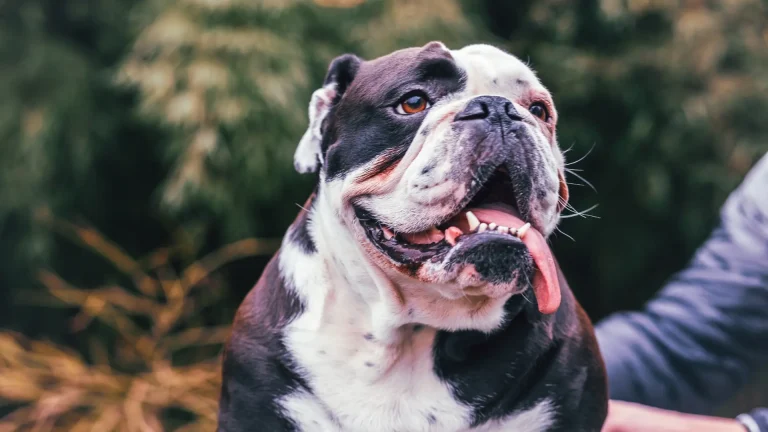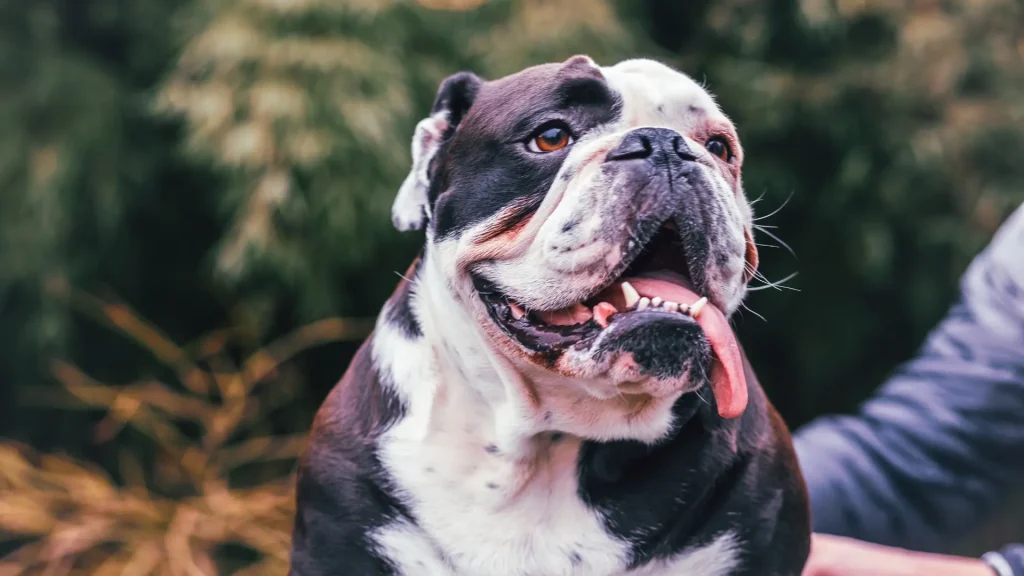When deciding whether to bring an Olde English Bulldogge puppy into your life, you can either adopt or purchase from a breeder. Both options have their unique advantages and considerations, especially regarding health, cost, and ethics for this breed.
Adoption vs. Breeder: Pros & Cons
| Criteria | Buying from Breeder | Adopting from Shelter/Rescue |
|---|---|---|
| Cost | Generally higher, reflecting pedigree and breed-specific care. | Typically lower adoption fees, often including initial vet care. |
| Health History | Breeders usually provide detailed health screenings and lineage info. | Health background may be incomplete or unknown; some screening done by shelters. |
| Age Availability | Primarily puppies, aiding early socialization and training. | Wide range of ages; puppies may be rarer. |
| Temperament Insight | Breeders share info about parents' and siblings' temperaments. | Shelter staff provide observed behavior insights; history can be uncertain. |
| Ethical Considerations | Supports responsible breeders committed to breed standards and health. | Provides homes to dogs in need, reducing shelter populations. |
| Risk of Genetic Disorders | Lower if breeder does genetic testing; some risk remains for breed. | Unknown genetic history; possible increased risk but opportunity to save a dog. |

